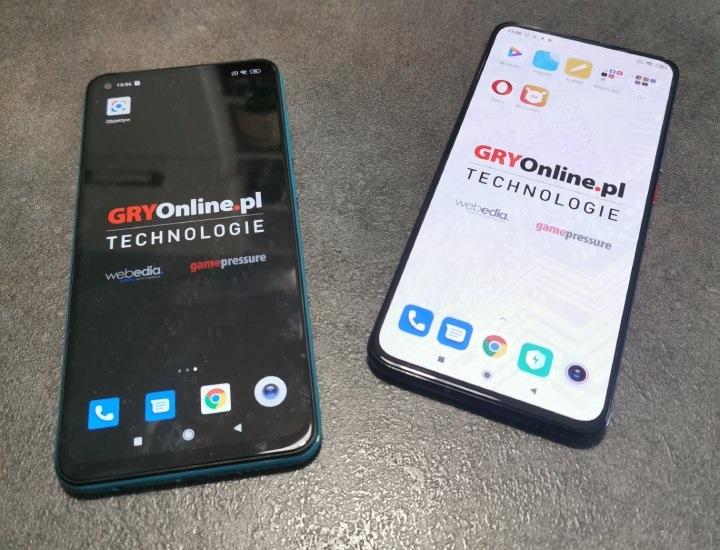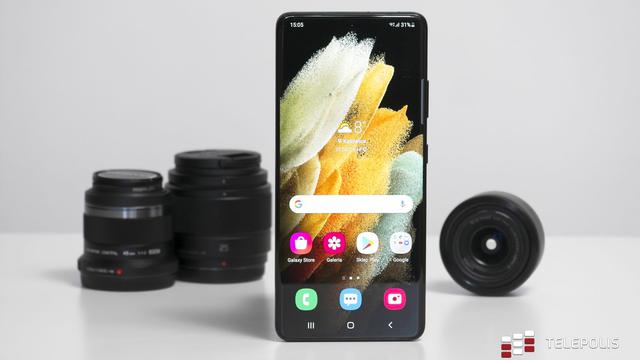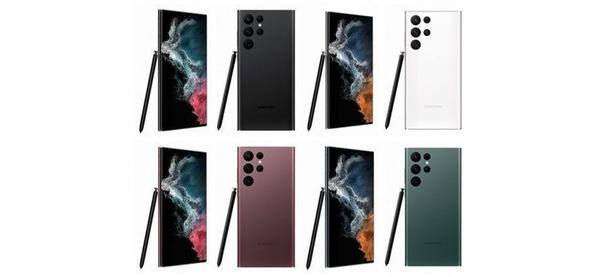Technologies9 July 2020, 10:22
author: rassi
Lovers of compact smartphones have a growing problem with finding models that suit their tastes. After all, phones are getting bigger. Are you sure? We decided to take a closer look at this issue.
Smartphones are getting bigger and bigger. Few people seem to argue with it. Is there really no field for polemics here? We thought it worth checking out. However, before we move on to the current situation on the smart phone market, it will be good, at least for a moment, to go back and look at size trends from a broader perspective.
The size of the phone over the years - how has its size changed?
When you follow the entire history of mobile phones, you can get the impression that it is slowly coming full circle. The first cells were extremely expensive and mobile only in name . It is hard to imagine a situation in which someone will drag a suitcase of several dozen kilograms with him, because this is how the prototype portable phones, created by the Swedish Ericsson in the second half of the 1950s, were packed. Over time, they began to undergo more and more miniaturization.
Are smartphones getting bigger? If so, why?Another significant step in the evolution was the phone's slimmer weight to 800 grams and the use of a long, retractable antenna. Still, no one thought about carrying it in their pocket. The first cells that started to fit into it were created around 1992–1993.

The next stage is known to me from my own observations. I mean models with a keyboard that allows you to write SMS. There were three letters under each of the number keys. At this point, it is worth recalling probably the most iconic phone of this type - Nokia 3310 . I didn't have it myself; at a time when it was triumphant, the phenomenon of buying a telephone for a few-year-old was not as common as it is today. However, this model found its way to at least two members of my family. So I had the opportunity to play "snejka" for long hours.
Today, Nokia 3310 is a legendary cell, mentioned in many memes - mainly due to its resistance to damage and long working time on a single charge. The latter is a characteristic feature of many phones from that period (3310 appeared on the market in 2000). Like the aforementioned keyboard, monophonic sounds and a small monochrome display. My first phone, the Samsung X-100 , was bought much later and could already boast polyphonic sounds and a color screen. The rest of the features have been preserved.
What is the difference between a traditional phone and a smartphone? One picture is worth more than a thousand words. Source: gsmonline.plTime passed inexorably and in 2007 the world was presented with the first telephone that was very much what we know today . Of course, I'm talking about the Apple iPhone (although it's worth knowing that it was by no means the first device of this type in history). The changes were revolutionary. The keyboard has disappeared from the mobile phone in favor of the touch panel. The first smartphone caused so much excitement that no one noticed that it was slightly larger, or more specifically wider and heavier than the previous type of cell.
When looking for information about the first smartphone, we came across a prototype device from 1992. It was created by the IBM company. Simon, because that is the name of this historical phone, in addition to the possibility of making voice calls and sending SMS, it offers a package of basic applications that can be described as "office". Among them there was, among others for calculator, notebook and e-mail. There were also entertainment functions. Most interestingly, the smartphone is operated using a stylus. History goes on and on.
The exact dimensions of the 1st generation iPhone, known unofficially as the 2G , are 115 x 61 x 11.6 mm (height x width x thickness). For comparison, the size of my first phone, the Samsung X-100, was 110 x 45 x 20 mm with a weight of 83 g. So it was a turning point. The trends prevailing just before the presentation of the first smartphone with a bitten apple predicted the production of ever smaller and lighter phones.
Looking at today's standards, the iPhone 2G is still small. There is no doubt that since 2007, smartphones have grown in length and breadth. So it can be said that in this respect the phones are backing up in development. Will the wheel of history close and return to the size of a brick?
Contents :
- Screen size and the size of the phone - flagships of Samsung, Apple and Huawei
- Screen size and phone size - medium Huawei and Xiaomi Redmi
- Where did the little smartphones go?
- Why are smartphones so big
- Optimal phone size - large or small smartphone?


